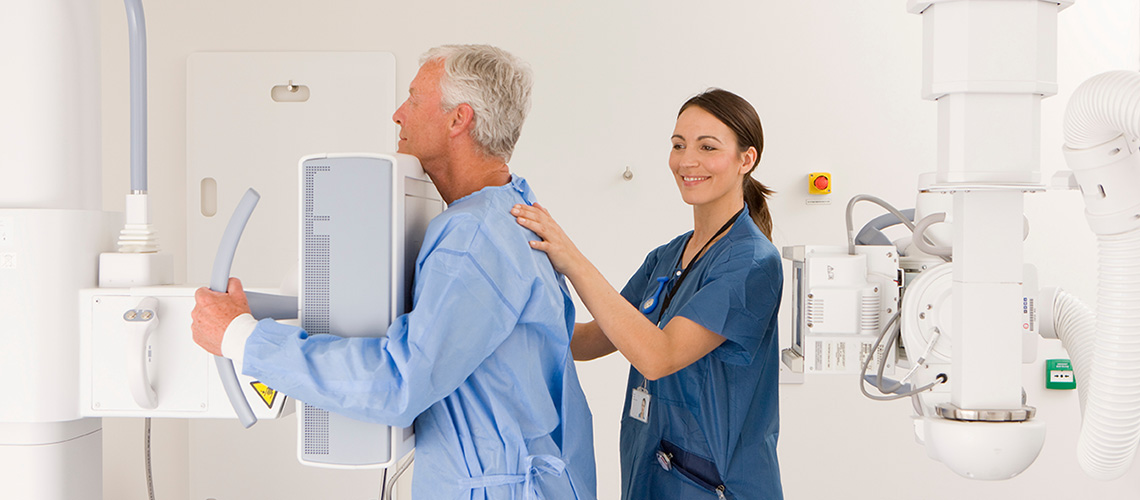Latest News from Victoria Emergency Room

Dehydration Symptoms and How IV Hydration Therapy Can Help


Flu, RSV, or something else? Testing and care in Victoria, TX

RSV in kids: When to go to the ER in Victoria, TX





New Year, New Goals: When to Visit the ER for Exercise-Related Muscle Strains

Common Childhood Illnesses: Symptoms, Treatment, and Prevention
Childhood is a time of exploration, growth, and development. However, it is also a period when children are particularly susceptible […]

The Benefits of IV Therapy
Intravenous (IV) therapy has gained popularity for its ability to deliver essential vitamins, minerals, and fluids directly into the bloodstream, […]

Slips, Trips, and Falls—Common Causes and Risk Factors
Slips, trips, and falls are among the most common accidents leading to emergency room visits. Whether at home, work, or […]

